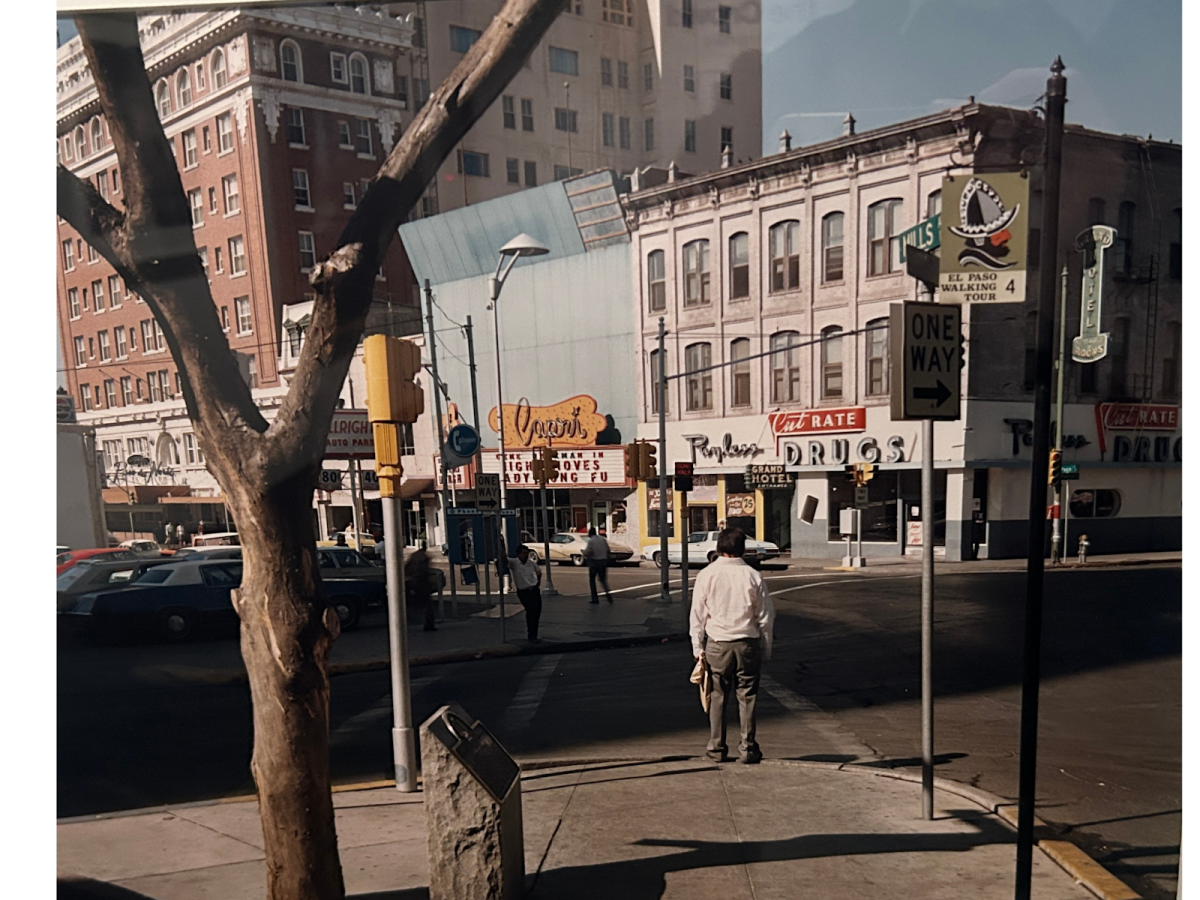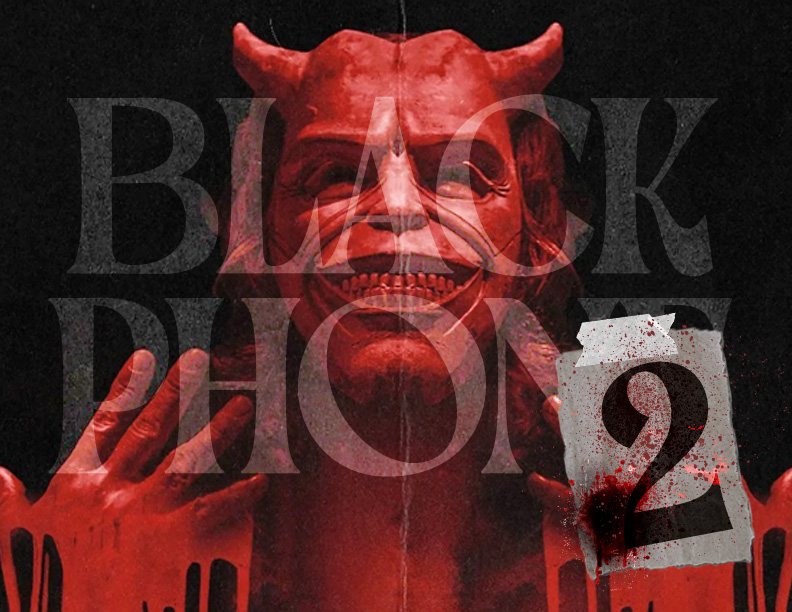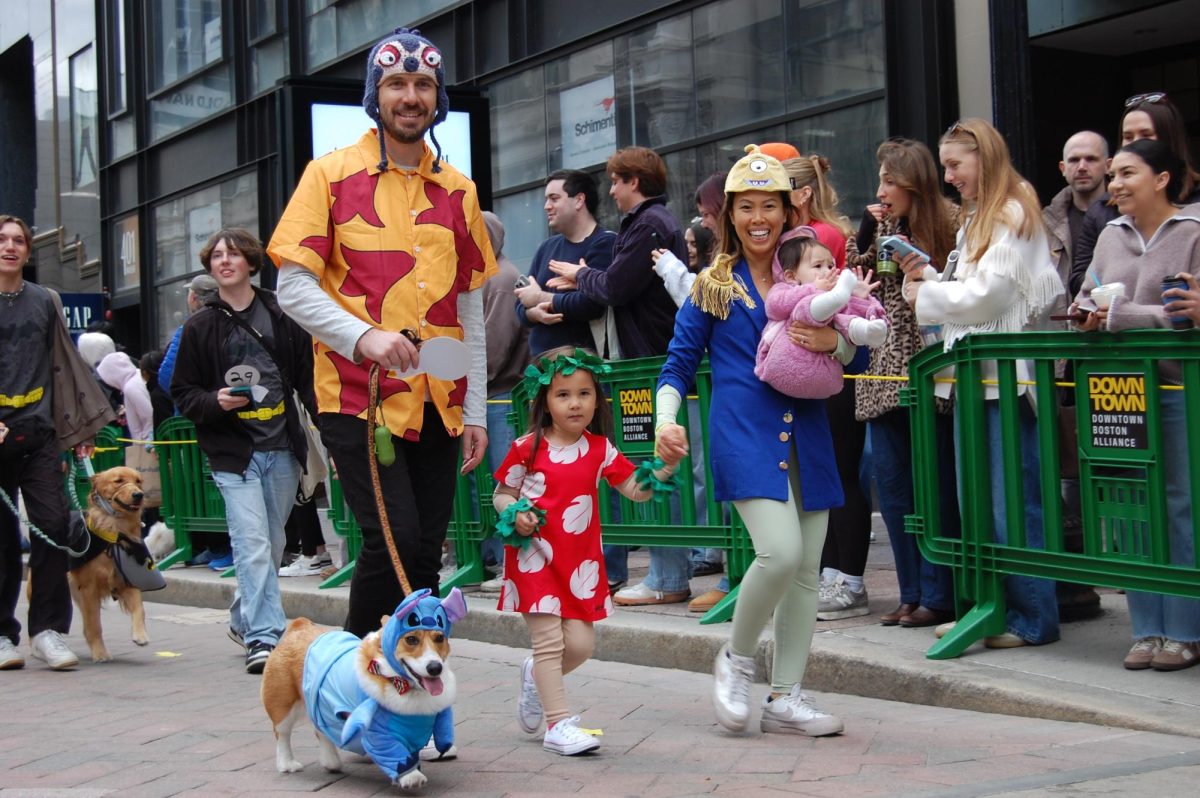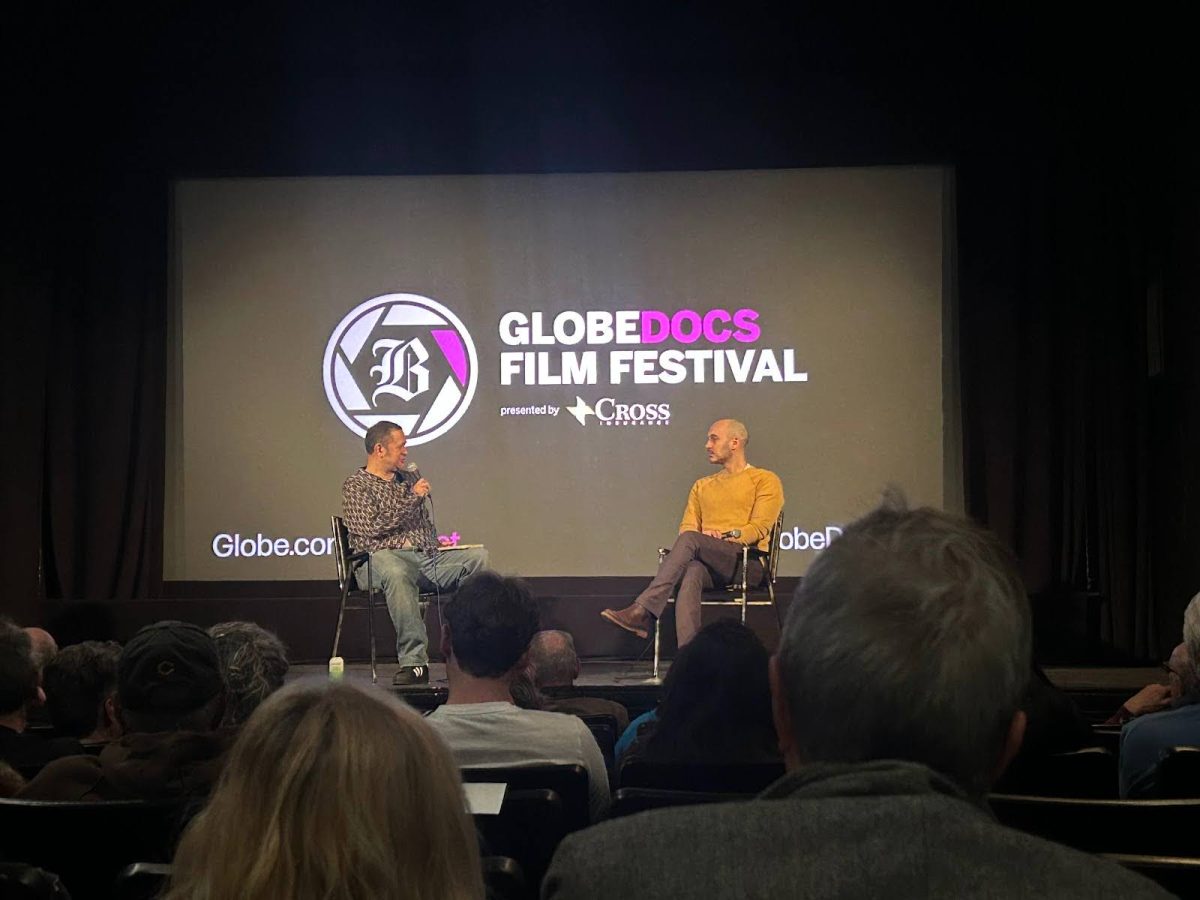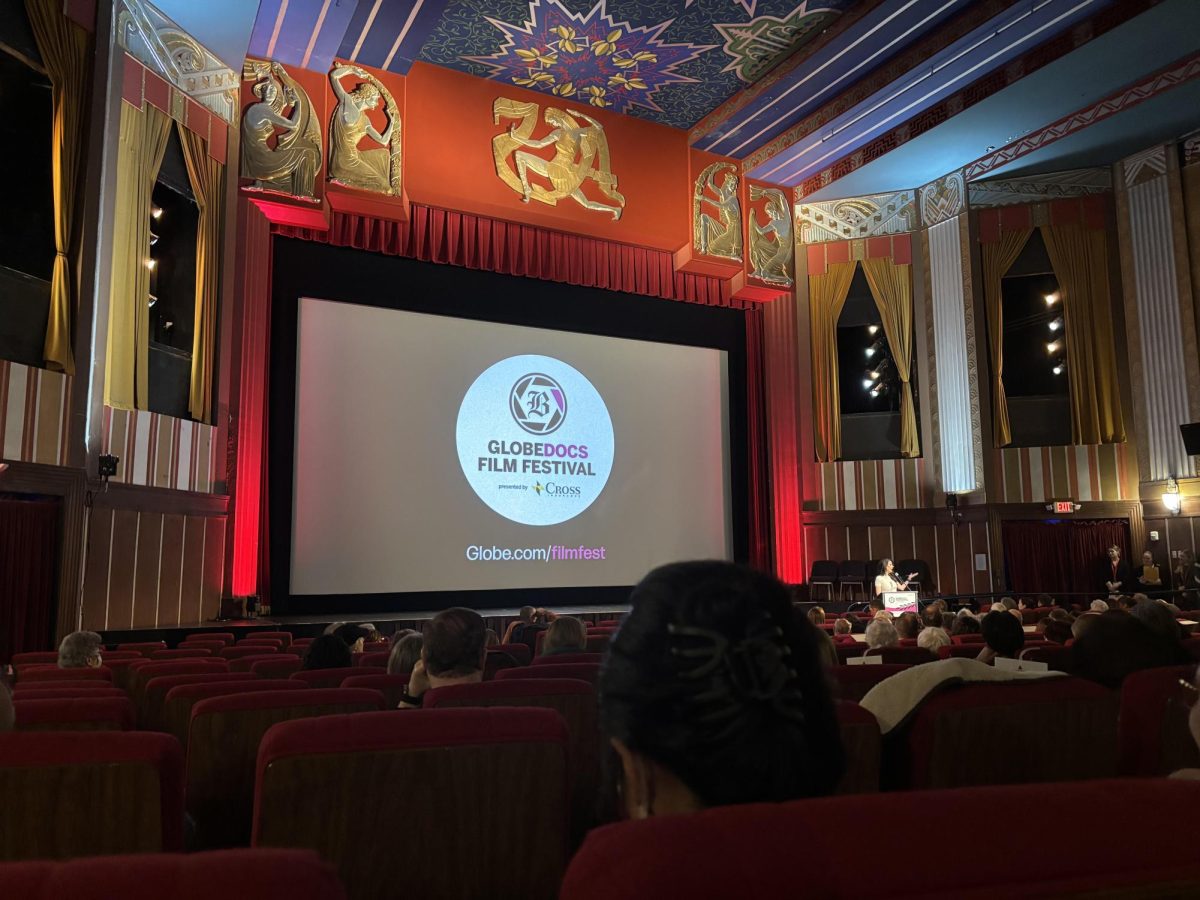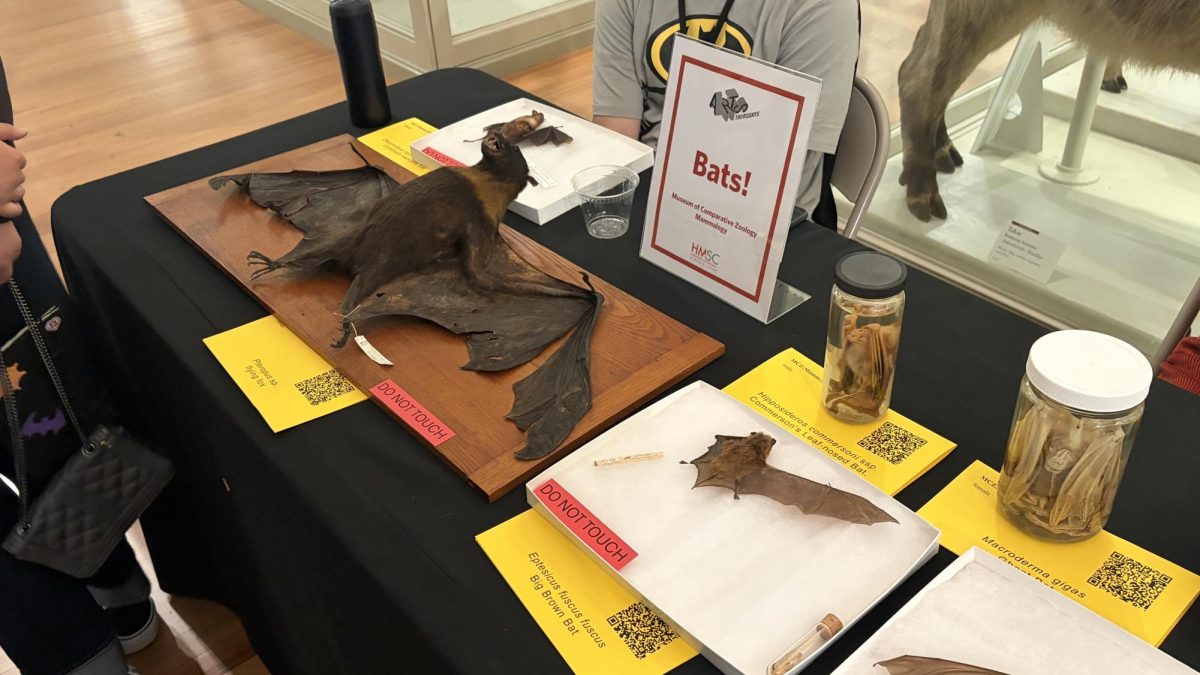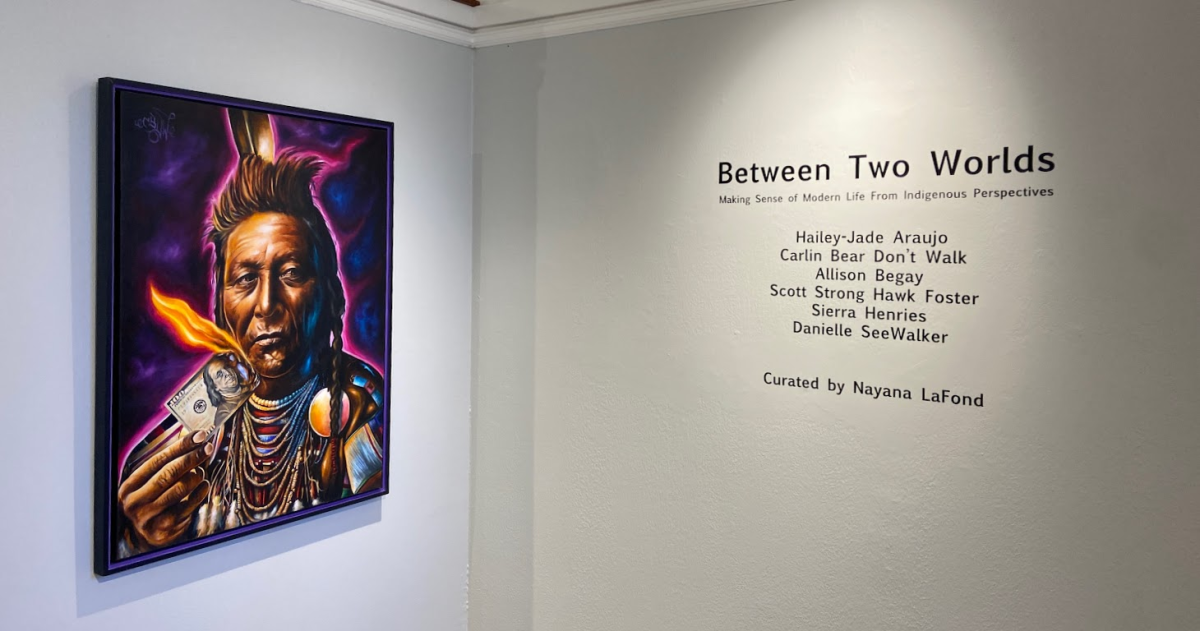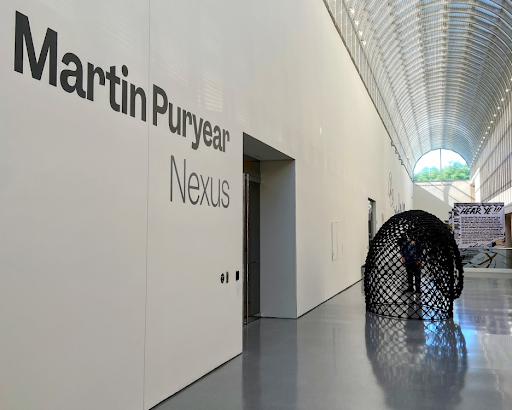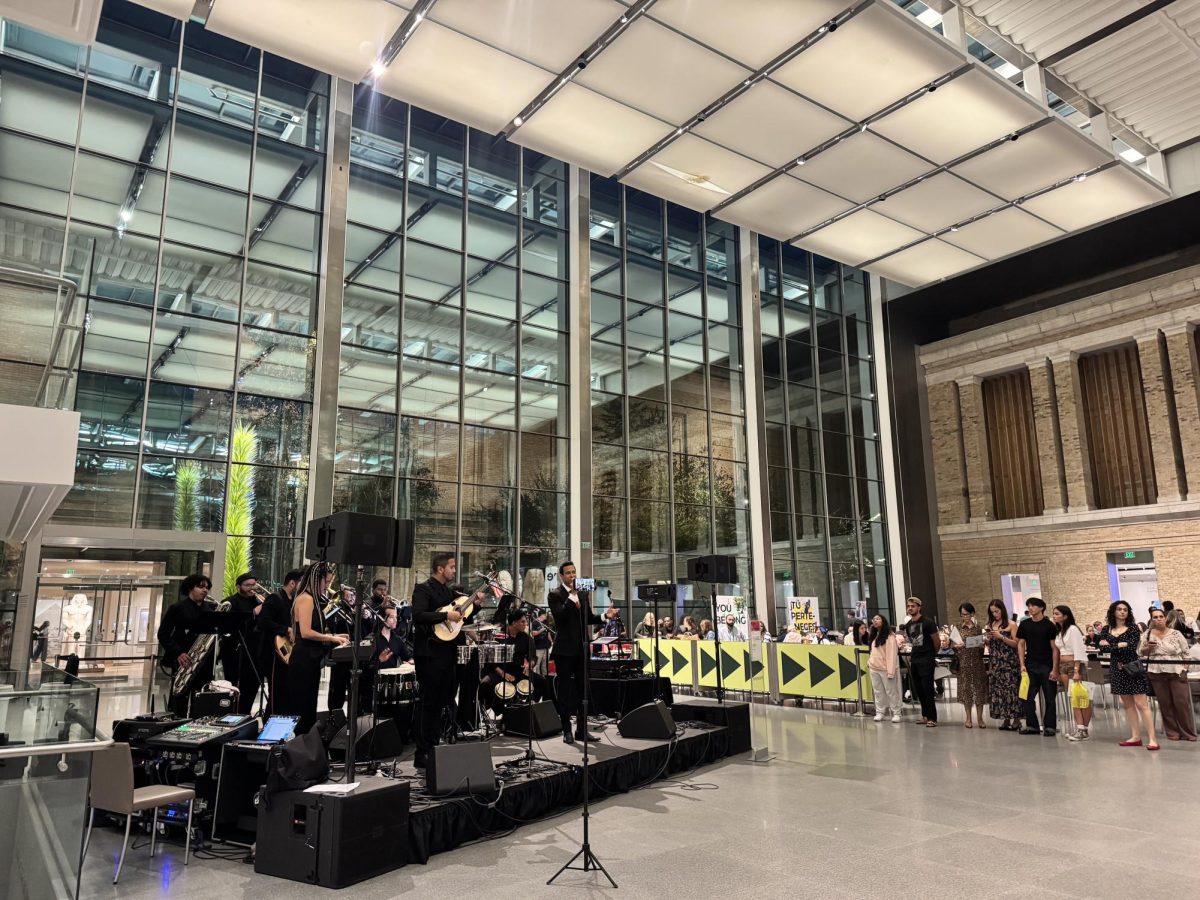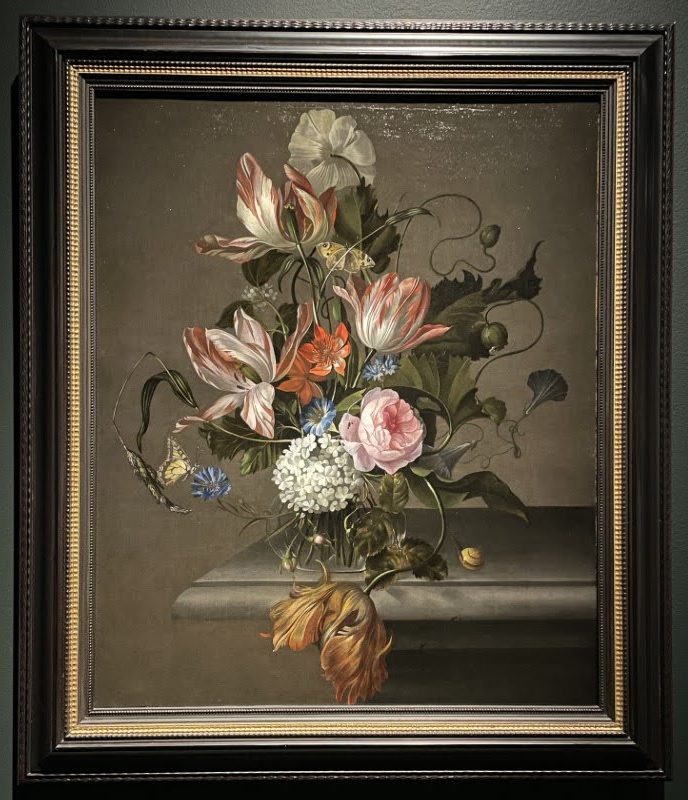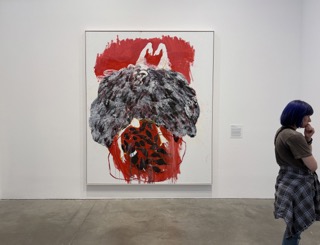The Museum of Fine Arts has debuted a brand-new contemporary art exhibit, one that takes a good look at pedestrians and passers-by from across the globe, displaying photographs and pictures taken by a host of different street photographers over a period of 50 years. The photos are minimally staged and seek to capture the mundane individuality, evolution of apparel, and glimmers of personality in the people you walk past every day.
A summarized description from the MFA’s website describes “Faces in the Crowd,” the new contemporary exhibit, which captures the evolution of photography and its techniques through a range of thought-provoking snapshots of everyday life in the city. The gallery implores viewers to think about how cityscapes have developed, and how people who inhabit those urbanscapes evolve alongside their homes.
One of the biggest themes is how cityscapes have evolved over the years, and one photograph in particular captures the essence of an America that has come and gone better than Steven Shore’s “El Paso Street,” taken on July 5, 1975. The photograph is taken from the sidewalk on a tripod-mounted camera, and unlike the majority of the photographs in the gallery, nobody faces the camera directly. Instead, the photograph serves as a snapshot of Texas frozen in time.
The viewer’s eyes are drawn to the dated signs and iconography. If one looks past the tree in the foreground, a row of classic cars, brand new and seemingly pristine, comes into view. From the way the picture is taken at eye-level and at a relatively unassuming angle, the viewer can assume the role of a pedestrian and truly place themselves with the photograph, immersing themselves in a bygone era.
One of the main goals of this exhibit is to ultimately humanize people we would otherwise overlook, and one of the most overlooked people is the regular working people of North Korea. Popular media usually focus on the leader of North Korea and the ever-growing nuclear and intercontinental missile threats coming out of his regime, but few outlets seek to personify the average population through media such as photography or film.
Matthew Connors, a photographer who is currently employed at MassArt as a professor, sought to capture some of the individuality in those living and working in the Hermit Kingdom. In the first picture, a North Korean businessman poses for a picture, very reminiscent of a “fit check” taken for social media stories. He wears a lapel pin proudly displaying the two former leaders of North Korea, and while his demeanor seems cool, his eyes tell a different story. He looks unsure at the camera, almost as though he does not feel totally comfortable posing for a photo that may result in his disappearance if deemed inappropriate by his government.
“It’s a normal guy, and that’s what’s often ignored by the media. 99.9% of North Koreans are normal, unremarkable people, but we’re only shown huge military parades or missile tests,” Said Taylor Banks, a freshman at Suffolk University who took a special interest in the North Korean pictures.
As Banks said, “It’s thought-provoking in a way that makes you think about who we’re actually taught is our enemy, but I guess that can kind of apply across all of the photos. We’re taught to humanize people we otherwise avert our eyes from.” Overall, the photos provide a new perspective on North Korean life, but also promote the blanket theme of humanity in spaces we wouldn’t look for.
Arguably, the most impactful and profound piece in the Gallery was Luc Delahaye’s “Taxi”, taken in the West Bank of Gaza as part of a collection showcasing Palestinian life and resistance in a collection titled “Sumud et autres histoires”. The photograph depicts a young woman riding in a taxi, holding a young child in her lap. The child appears fussy, and the young girl looks worn out yet still manages to either soothe or restrain the boy.
The West Bank is a notoriously difficult place to live, and by glancing out of the taxi’s rear windows, we can bear witness to the harsh living conditions endured by the young woman. Her face reveals little, leaving her thoughts up for debate.
As one admirer of the gallery said, “I find it impressive that this woman seems to be able to face as much as she does. I imagine it would be difficult to live in a place like this.”
The spectator explained that the photo was their favorite in the gallery due to the nature of the composition: taken as though one were glancing at the seat behind them on the bus.
“The question I find myself asking,” the observer said, “is what could be going through her mind? Her face seems to reveal so little and so much at the same time.”
In keeping with the theme of “Sumud” – The Arabic phrase for Resistance – the photo is almost a demonstration of resistance itself: a close-up of an otherwise overlooked facet of daily life under occupation — the slight glimpses of normalcy that show what life is really about.
Perhaps the overarching theme of the gallery is moments that are mundane and unassuming in nature, but when examined and truly explored, they reveal elements of the human experience that all people, from all walks of life and from all corners of the globe, recognize in both themselves and others.
The MFA will be hosting the “Faces in the Crowd” exhibit from Oct. 11, 2025, to July 16, 2026. The Museum is free with a student ID, and the exhibit is located in the Contemporary Art wing. Visit the exhibit and take a moment to pause and observe the people on the street. You’d be surprised at what you see.


